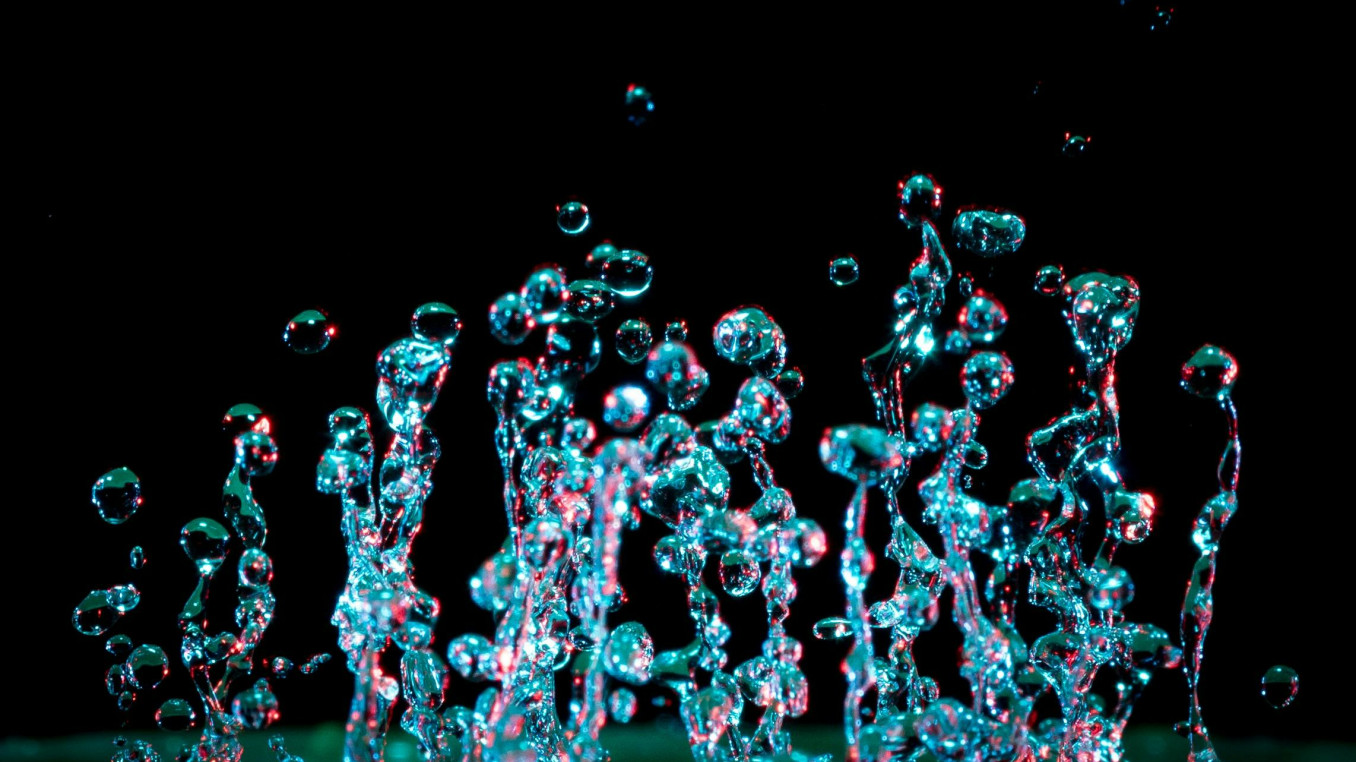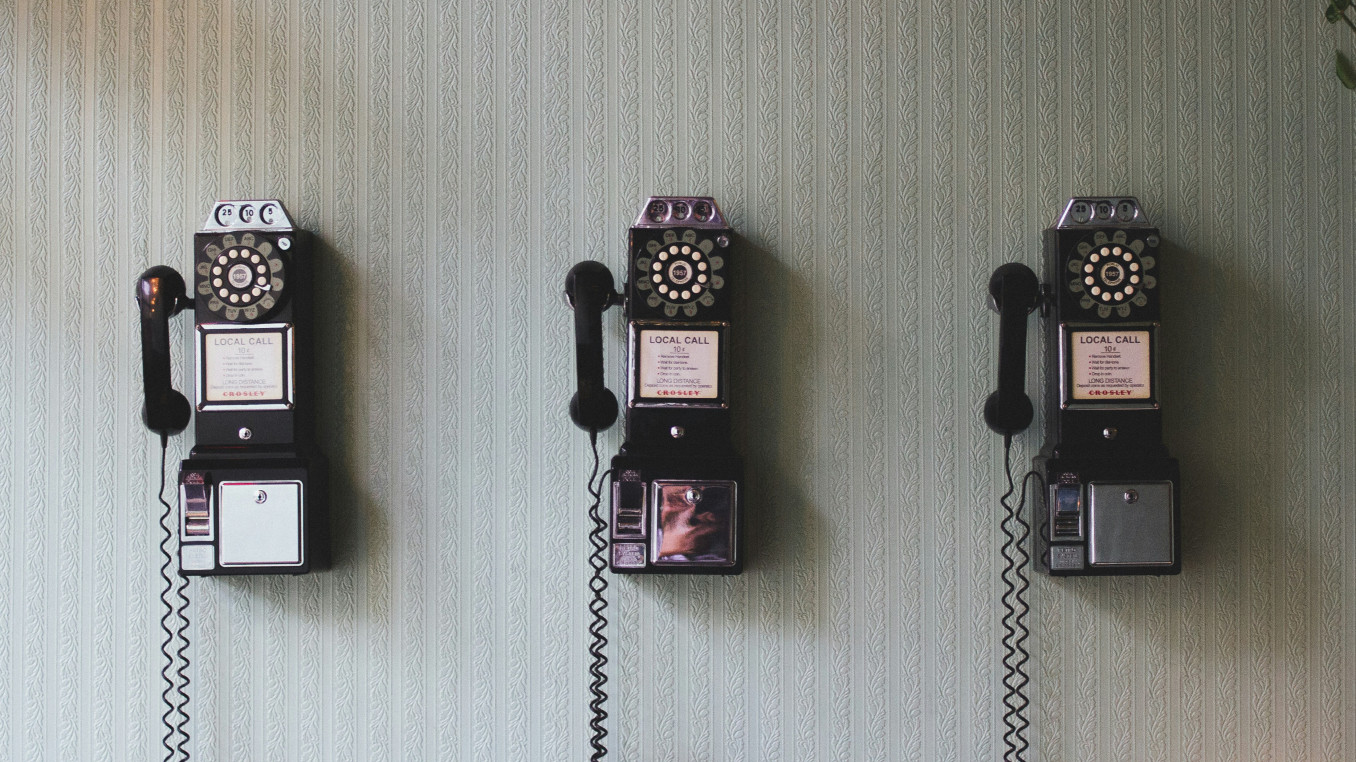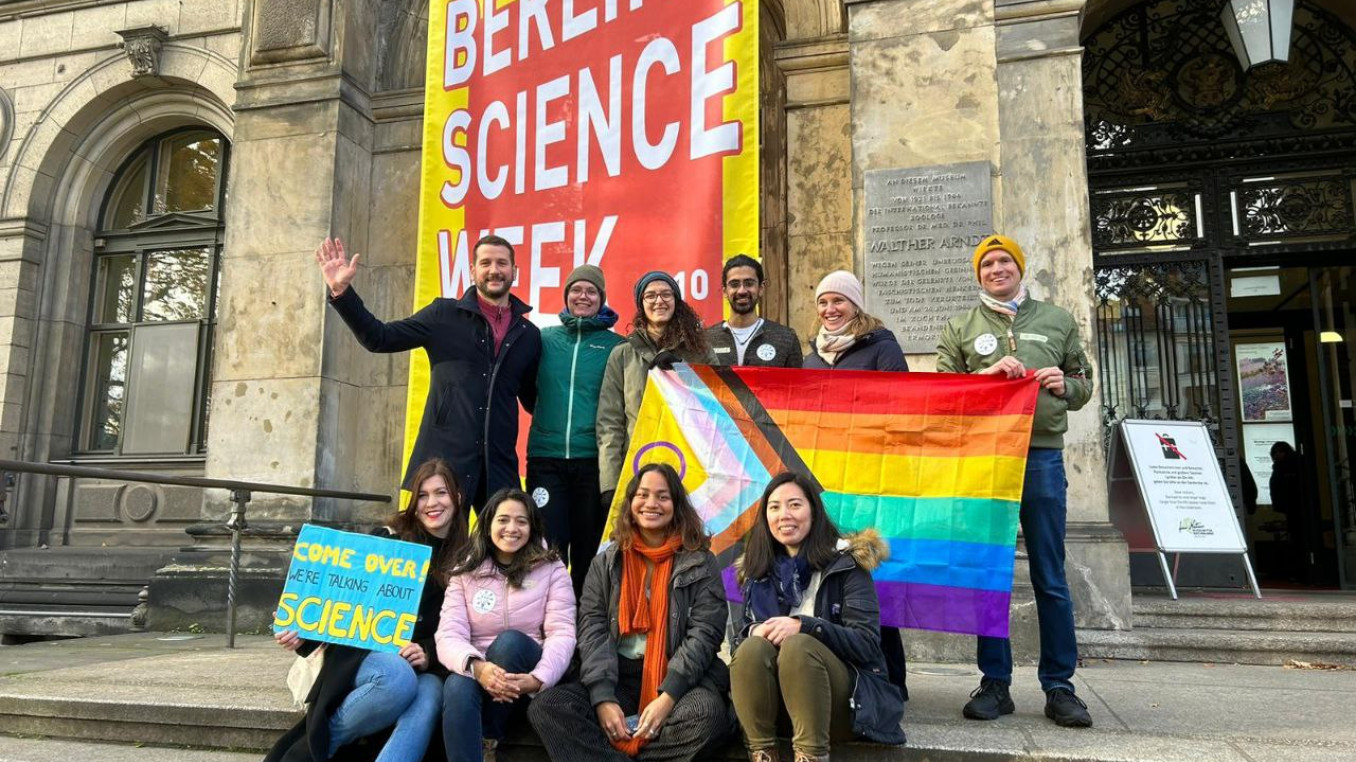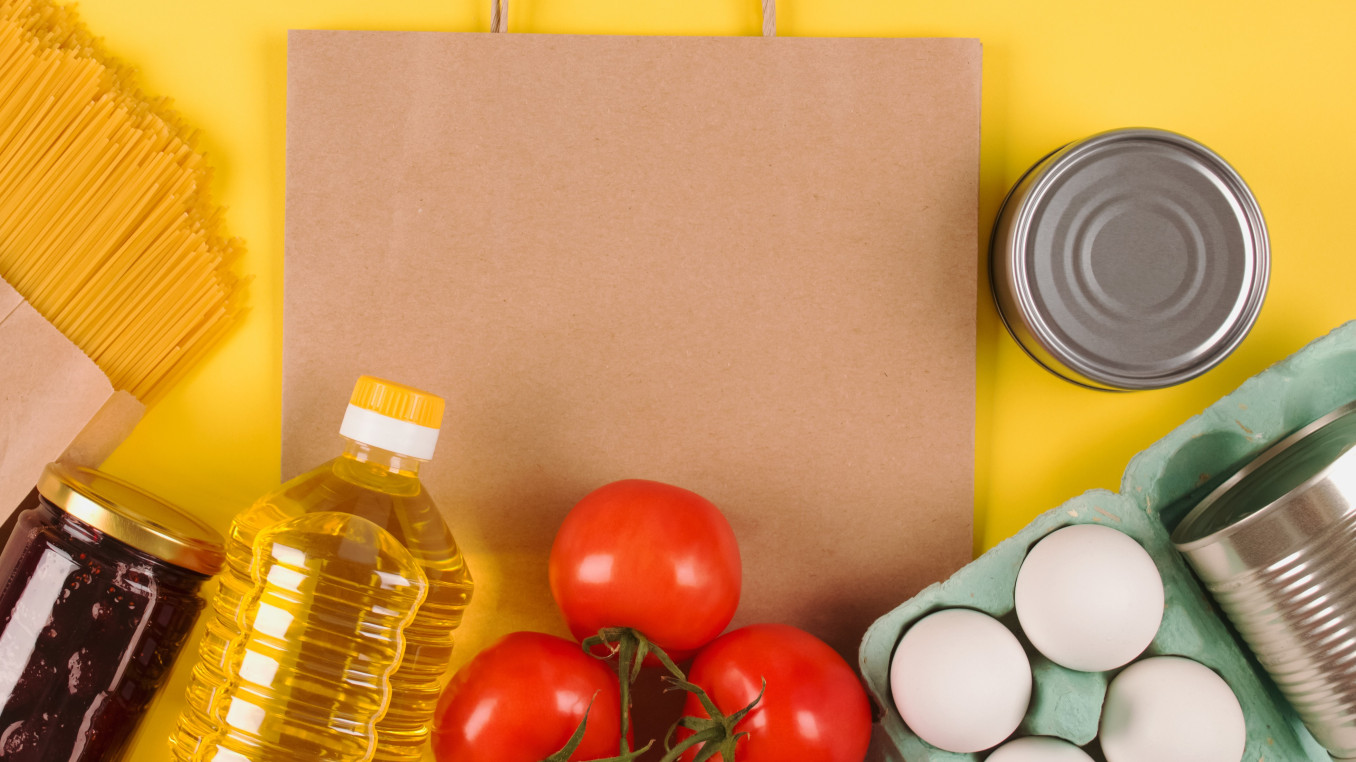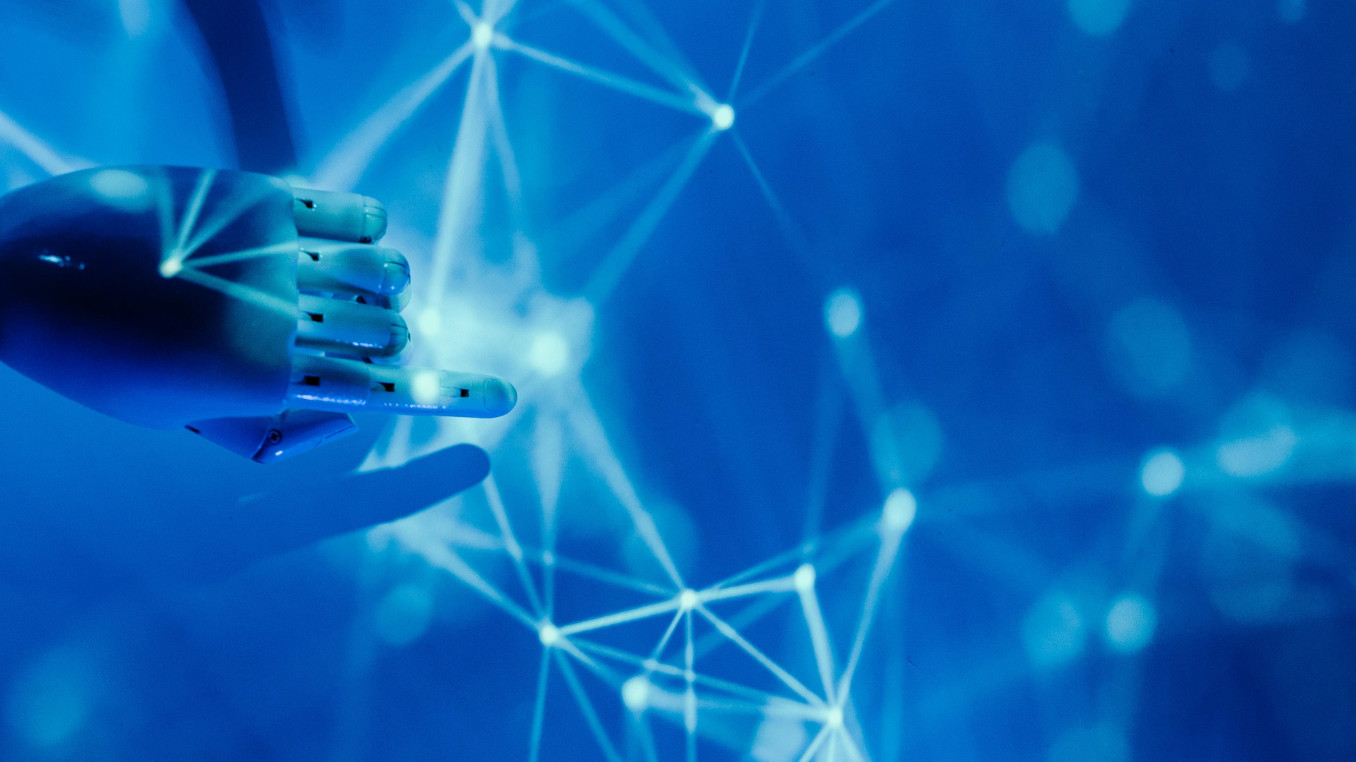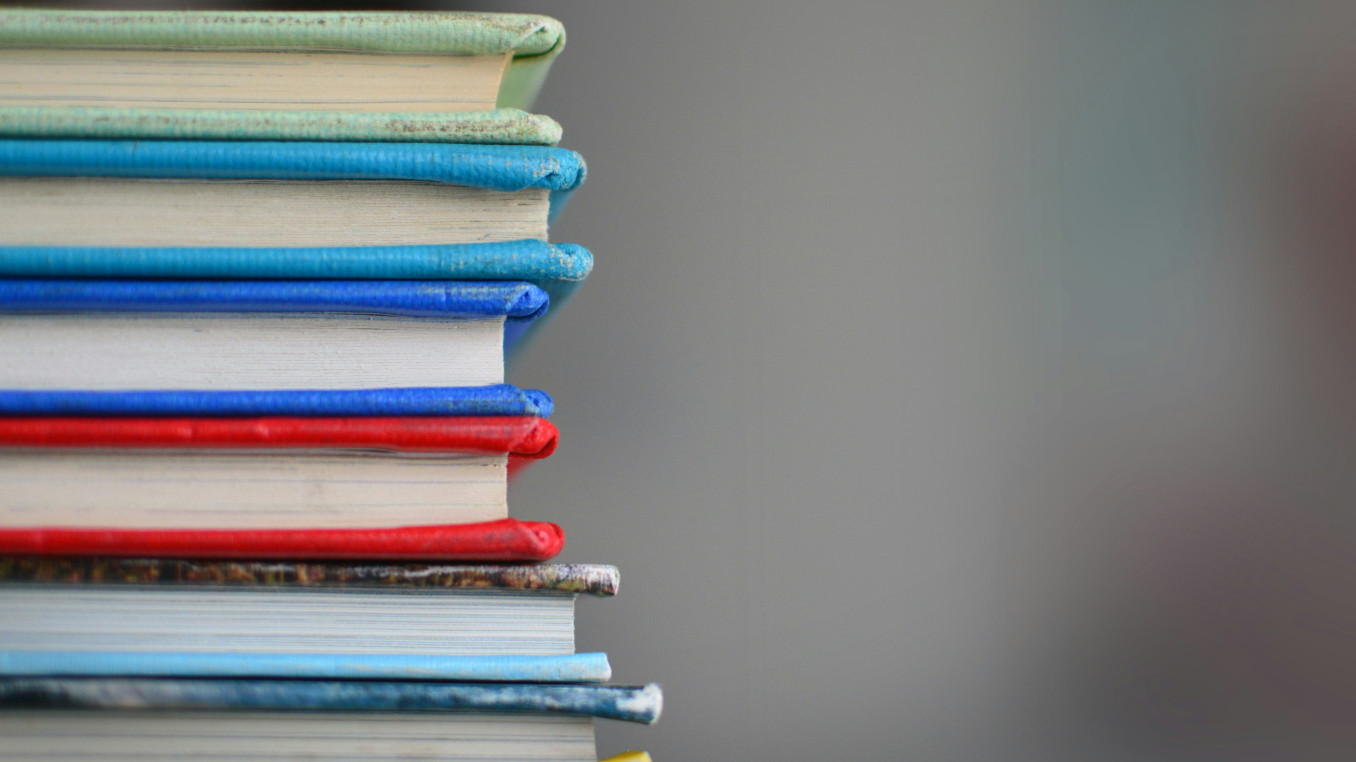

CAMPUS
Located in the impressive Museum für Naturkunde Berlin, the Berlin Science Week CAMPUS is our festival hub in the heart of the city. Dedicated to dialogue, engagement, and exchange, CAMPUS will bring together scientists, innovators, and explorers for two full days on 1-2 November 2024.
This year’s theme Common Ground will be explored through family-friendly exhibitions and over 30 events including panel discussions, experimental workshops, a speakers' corner and more. Join us to explore the many ways in which science can bring diverse viewpoints together to build common ground and nurture a deeper understanding of our world.
The CAMPUS programme starts at 12pm on both days and runs until the evening. Feel free to drop by at any time or plan ahead by choosing your programme picks in advance—just don’t forget to grab your ticket!
OPENING
On 1 November at 8pm, we’ll kick off Berlin Science Week at the CAMPUS with Common Ground – Shared Futures?!. Guided by this year’s theme, we aim to bring together people from different fields for an interactive event to explore our commonalities and develop fresh perspectives for shared futures. Limited tickets available by lottery, to be made available by mid-October.
ZÜRICH MEETS BERLIN
We’re excited to welcome Zürich Meets back as a partner after our successful collaboration in 2022! This year, we’re teaming up again to host six dynamic events at the CAMPUS - from cutting-edge discussions on artificial intelligence and language development to interspecies communication, sustainable packaging, and future-forward cooking.
EXHIBITIONS
AI Grid at Science Week Berlin: Meet the minds shaping tomorrow's AI
During the Berlin Science Week, AI Grid will bring young researchers and the public together to explore how AI is revolutionizing both science and our society. Over two immersive days, visitors will discover how these curious minds are pushing the frontiers of science and tackling pressing societal challenges through groundbreaking AI research.
For master’s students and PhD candidates, this event is a chance to dive deeper. Whether you're interested in the latest advancements in machine learning, large language models or ethical AI, you’ll be able to share ideas with our researchers, explore ongoing projects and learn more about AI Grid’s initiative that supports academic careers and collaboration across Europe.
Come by our booth to engage with the minds behind the research, ask questions, and discover how you can be part of shaping the future of AI!
Join Us at Decision Theater: Pioneering Actionable Solutions for Complex Challenges
At Decision Theater, we tackle pressing global issues through regional transformation, integrating scientific insights and local expertise into innovative decision support tools. Our mission is to empower informed decision-making that resonates at the pace and scale required by today's world.
We co-develop scenarios with stakeholders, ensuring our tools are data-driven, user-friendly, and tailored to specific contexts. Our dynamic, modular platform evolves alongside real-world needs, enhancing outcomes in areas like biosphere regeneration, economic ecosystems, and health innovations.
We invite you to explore how DT can foster impactful collaborations in Germany and Europe. Our approach—transforming prototypes into products, ensuring operational stability, and translating local solutions to global scales—offers a pathway to tackle regional challenges effectively.
The urgency of our time demands swift, collaborative action. By joining forces, we can accelerate the translation of scientific insights into real-world solutions that gain broad acceptance. Visit us to learn more about how we can work together to create a sustainable future!
Research for the future: How AI is shaping the sciences
The Berlin Institute for the Foundations of Learning and Data (BIFOLD) conducts internationally competitive fundamental AI research in the fields of Big Data Management and Machine Learning as well as their intersection. Experience firsthand the impact of modern AI research on various sciences, such as analyzing satellite data to improve climate protection, supporting brain research, aiding medical professionals, or contributing to social sciences. BIFOLD researchers invite you on an exciting journey into their everyday research.
Researching — Helping — Living
For over 30 years, people and their health have been at the forefront of our foundation’s work. With all our heart, we support medical research successes in Berlin. For us, promoting research initiatives is just as important as healthcare. The Berliner Sparkassenstiftung is a non-profit foundation that aims to promote medical research and healthcare. Our current funding focus is on the field of rare diseases.
The goal of our work is always to provide the affected people and their families with targeted research, courage, hope, and confidence, offering medical solutions.
The selection of our funding projects relies heavily on technical expertise. This expertise is contributed by our board members, particularly doctors from renowned Berlin clinics.
On the 1st and 2nd of November, we will be present at the Berlin Science Week with an exhibition booth offering information, answers, and examples of our funding projects. We will also have an interactive kit with us to make rare diseases tangible for participants.
CERN at 70: Exploring New Frontiers in Particle Physics and Global Cooperation
Visit our booth at Berlin Science Week to celebrate 70 years of groundbreaking achievements by CERN together with its international partners, including DESY and Humboldt University of Berlin. The exhibition will showcase CERN’s pivotal role as a hub for international collaboration, advancing the frontiers of particle physics and fostering partnerships worldwide.
Alongside a retrospective of CERN’s seven decades of scientific discovery—from the development of the Large Hadron Collider to the Higgs boson breakthrough—you’ll have the chance to explore hands-on activities that bring particle physics to life. Experts from CERN and partner institutions will be available to discuss the importance of global cooperation in scientific research and offer insights into exciting projects shaping the future of science and innovation.
Whether you're a science enthusiast or just curious, our booth offers a unique opportunity to reflect on CERN’s legacy and engage with its vision for the future.
The Sky and its Colours: How Daylight Affects Us
Have you already had your daily dose of sunlight today? Daylight is often taken for granted. Yet its presence, intensity, colour and variations are crucial to our health and the proper functioning of our bodies. Cities around the world continue to grow and become ever denser, making access to natural light increasingly difficult. This is far from being anecdotal and can have real consequences for the health and well-being of city dwellers.
“The Sky and its Colours: How Daylight Affects Us” draws attention to this issue and invites visitors to take the time to observe the beautiful colours of the sky and its variations. Through a collection of sky photographs taken in different regions of the world, the exhibition also shows how different daylight can be — especially during sunrise and sunset — depending on where you are on the globe. The images come from a research project of TU Berlin investigating how daylight simulation in Virtual Reality can help in the treatment of depression caused by the lack of natural light in cities.
You can become part of the research yourself by visiting our exhibition and taking part in a short, image-based online questionnaire!
The world of marine research: Dive in, discover, join in the guessing!
The oceans are vital for our survival — but they are under threat: In order to effectively protect our coasts, seas and oceans and use them sustainably, we need to better understand their complexity. At our stand in the Dinosaur Hall, you can deepen your knowledge of coasts, seas and oceans and test it in the science quiz. Our transfer projects “Interactive World Ocean” and the information portal “Oceans Online” will help you find the right answers and discover data and research findings, amazing things and wonders about the world of the oceans.
Immerse yourself in the facts about some of the most pressing issues of our time: on a virtual touch screen you can discover sunken ships and swim with schools of dolphins, but also experience coral bleaching and dramatic changes to coastlines. We look forward to welcoming many interested visitors!
How rich am I really? Find out with the inequality barometer
Many people in Germany misjudge their wealth compared to others. As a result, they (unconsciously) make political decisions that contradict their own interests and are skeptical of a more pronounced distribution policy, for example. The Inequality Barometer, a research project of the Cluster of Excellence “The Politics of Inequality” at the University of Konstanz, deals with these and many other (mis)assessments.
Through regular surveys, the project examines how people in Germany perceive inequality, social mobility and political measures. In addition to income and wealth, it also records how “rich” they consider themselves to be in terms of their education, equal opportunities, health and privileges.
Assess your income, your level of education and your privileges and compare the results with the self-assessments of others. Are you close to reality? A fact check will reveal it.
Transregional Collaborative Research Center TRR 227 – Ultrafast Spin Dynamics
The electron spin is one of the key quantum properties determining structure and dynamics of matter. It has large potential for applications in so-called spintronics for future magnetic memory and logic devices with simple architecture and reduced power consumption. The goal of our CRC/TRR 227 at Freie Universität Berlin together with Martin-Luther-Universität Halle-Wittenberg and other institutions is to establish a fundamental understanding of ultrafast spin dynamics, thereby laying the foundations for spin-based information technology that can be operated at THz clock rates.
Our concerted research effort employs femtosecond laser pulses from the THz up to the x-ray spectral range to shoot a movie of the ultrafast dynamics in magnetic materials. Our theory projects model these spin dynamics and predict new phenomena.
The future of democracies, fake news and radicalisation
Have you always wanted to talk to an expert about current global events? Then our stand is the right place for you! Our scientists conduct research on social, political and economic developments in Asia, Africa, Latin America and the Middle East. You can discuss global topics such as the G-20 summit, radicalisation on the Internet and democracies in crisis with us in order to take a closer look at the bigger picture — a good opportunity to put your knowledge into context, coupled with sound scientific findings. We look forward to your visit!
FAIR data for all! Because with great data comes great research
Data must be FAIR in all disciplines, i.e., findable, accessible, interoperable and reusable. Providing essential services for this purpose is a mission of the National Research Data Infrastructure and the Data Competence Centers. Three projects (NFDIxCS, QUADRIGA and DKZ.2R) will provide insights into their work, which aims to simplify data management for researchers from all disciplines. Interested parties can test educational materials, discover prototypes and chat with the project teams at the exhibition stand.
Finalists of the Exhibition "Rethinking Freedom"
The competition “Rethinking Freedom”, initiated by High Art Bureau in cooperation with Berlin Science Week, aims to highlight ideas and approaches that take a science-based look at the consequences of the use of artificial intelligence on freedom. Students and young scientists were invited to submit their project ideas and drafts from the field of artificial intelligence.
The finalists’ contributions were turned into scientific posters which will be exhibited during the Berlin Science Week CAMPUS.
Poster printing kindly supported by Pinguin Druck.
Oder Hive: A River to Touch, Listen and Feel
A fusion of science, art and sensory experience! FrauVonDa's interactive installation takes you on a fascinating journey into the Oder River ecosystem. The river not only forms the natural border between Germany and Poland. It is also a symbol of shared European heritage and cross-border cooperation to protect an endangered habitat. Experience the underwater world of the Oder from a completely new, multi-sensory perspective.
Touch a vibrating, sounding, impressive metal object that immerses your senses in the river's fish habitat. Feel and hear the sounds and voices of the Oder – and experience listening and feeling merge to tell a unique story that creates a shared awareness of the importance of this unique habitat and its creatures. The stand will also showcase the scientific research of the Leibniz Institute of Freshwater Ecology and Inland Fisheries (IGB) following the man-made environmental disaster in 2022.
Fancy some psychological knowledge? Aber Klar!
Are you interested in findings from psychological research? Would you like to help make psychology more understandable for everyone? We'll show you where: on the KLARpsy.de platform. Here you can find out about psychological topics or get involved and join us in making the world of psychology more tangible for everyone. Come by our stand, tell us what interests you most and test your knowledge of psychological terms!
Stem Cells, Gene and Cell Therapies: A Glimpse into the Future of Medicine. How research and new findings will broaden our understanding of diseases and treatment methods
How can gene and cell therapies, along with stem cells, contribute to a new possible medicine? Gain insight into basic and applied research that focusses on becoming part of therapies of the future. Explore an insightful poster exhibition and take part in a quiz. Learn about the latest advancements in stem cell research as well as gene and cell therapies, and expand your knowledge in a fun and engaging way! See you at our booth of the National Network Office for Gene & Cell Therapies (GCT Germany) & GSCN | BIH at Campus, Museum für Naturkunde Berlin!
Quantum Computing Unplugged
The international race for developing a practical quantum computer has started. But what’s exactly behind the hype? How do quantum computers function? Are they even real? Explore one of the biggest challenges of our time, meet NCCR SPIN scientists who work on developing quantum computers and ask your most burning questions!
Protonation dynamics in Protein Function
Proteins are one of the most important molecules building our bodies, but they are not static: they are constantly moving, like dancing, and this dance is directly related to their function. Their movements are generally not random, they may be controlled and coordinated by changes in the protonation state of the groups in key locations. We will show experiments combining physics, chemistry, and biology to understand these control mechanisms. Our key players in the research will present their work and give you a taste of our work done in the labs.
Bakteriopolis: The Hidden World of Microbes
Step into "Bakteriopolis" — a travelling exhibition that unveils the fascinating world of microbes and their crucial role in life on Earth. Journey through themed stations to see how these tiny organisms shape global cycles, contribute to food production, medicine, and waste management. Explore how multicellularity empowers bacteria to thrive in diverse environments. Learn more about microcosmic communities like water kefir and spirulina.
Experience bacterial cell structures through an augmented reality app created with the Interactive Media Lab Dresden. Meet the Microbe of the Year, Electronema, and learn how it conducts electricity through long chains, showcasing microscopic teamwork. Fun for all ages, 'Bakteriopolis' also features interactive activities like bacteria crafts, coloring pages, and children's books. Visit us and unlock the captivating secrets of the microbial world!
Learning: Next Level — How game-based learning is revolutionizing school lessons
From birth, people have been exploring the world through play. In times of digitalization, children and young people in particular immerse themselves in virtual worlds and interact with each other there. The two Potsdam educational scientists Mandy Brose and Kevin Birkefeld are researching how knowledge can also be imparted through play in the "lernen:digital" research network at the University of Potsdam - and report on this in their podcast "lernen: next level".
The podcast "lernen: next level" is dedicated to the fascinating approach of game-based learning and its application in education. At a time when digital games occupy an important place in the lives of children and young people, there is an opportunity to explore innovative methods for teaching.
2- DAY CAMPUS TICKET















